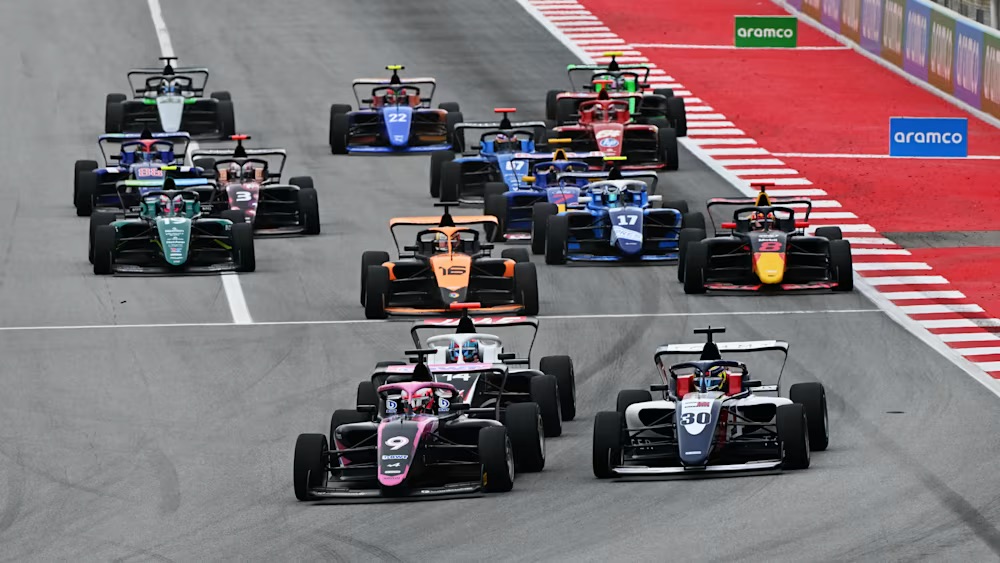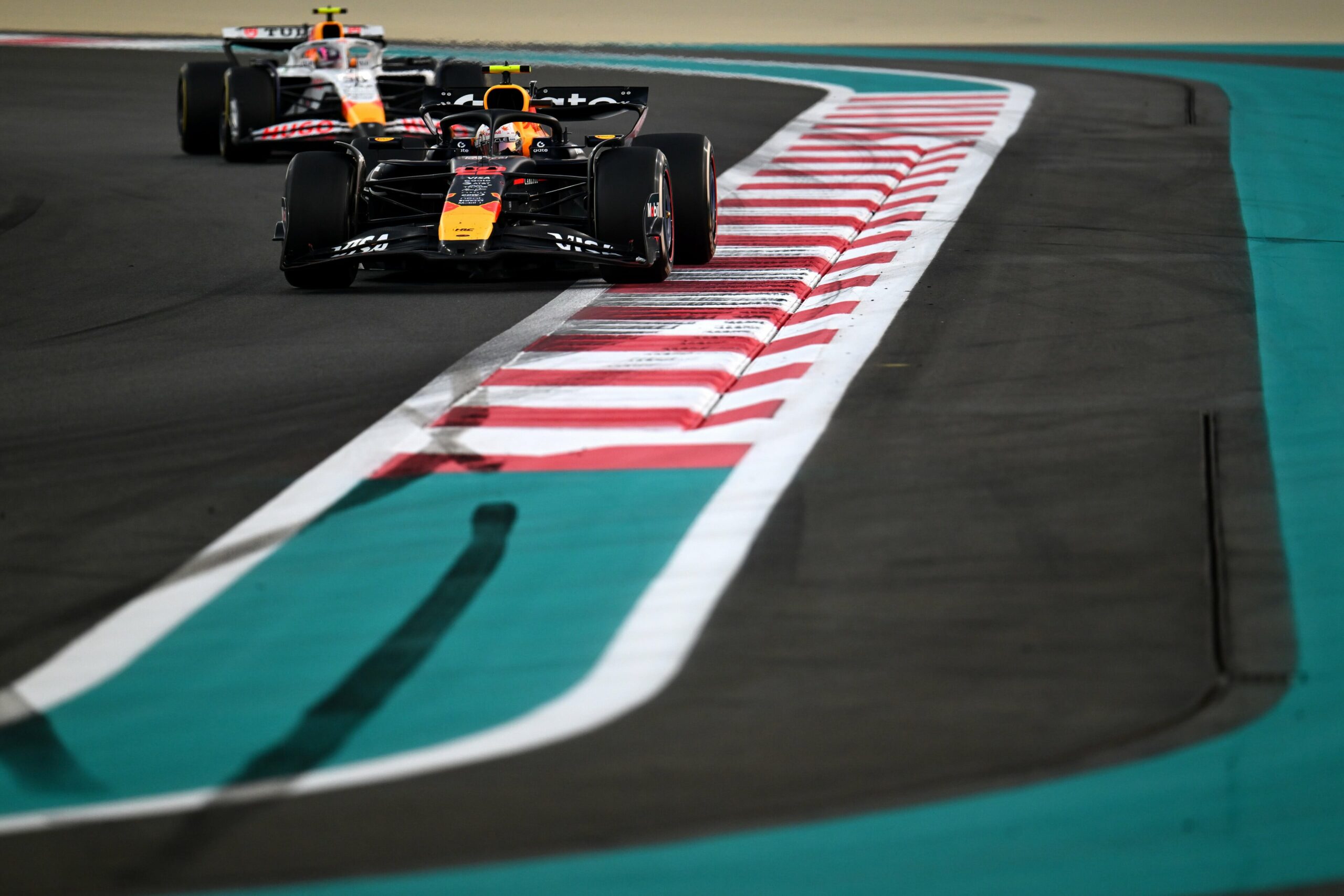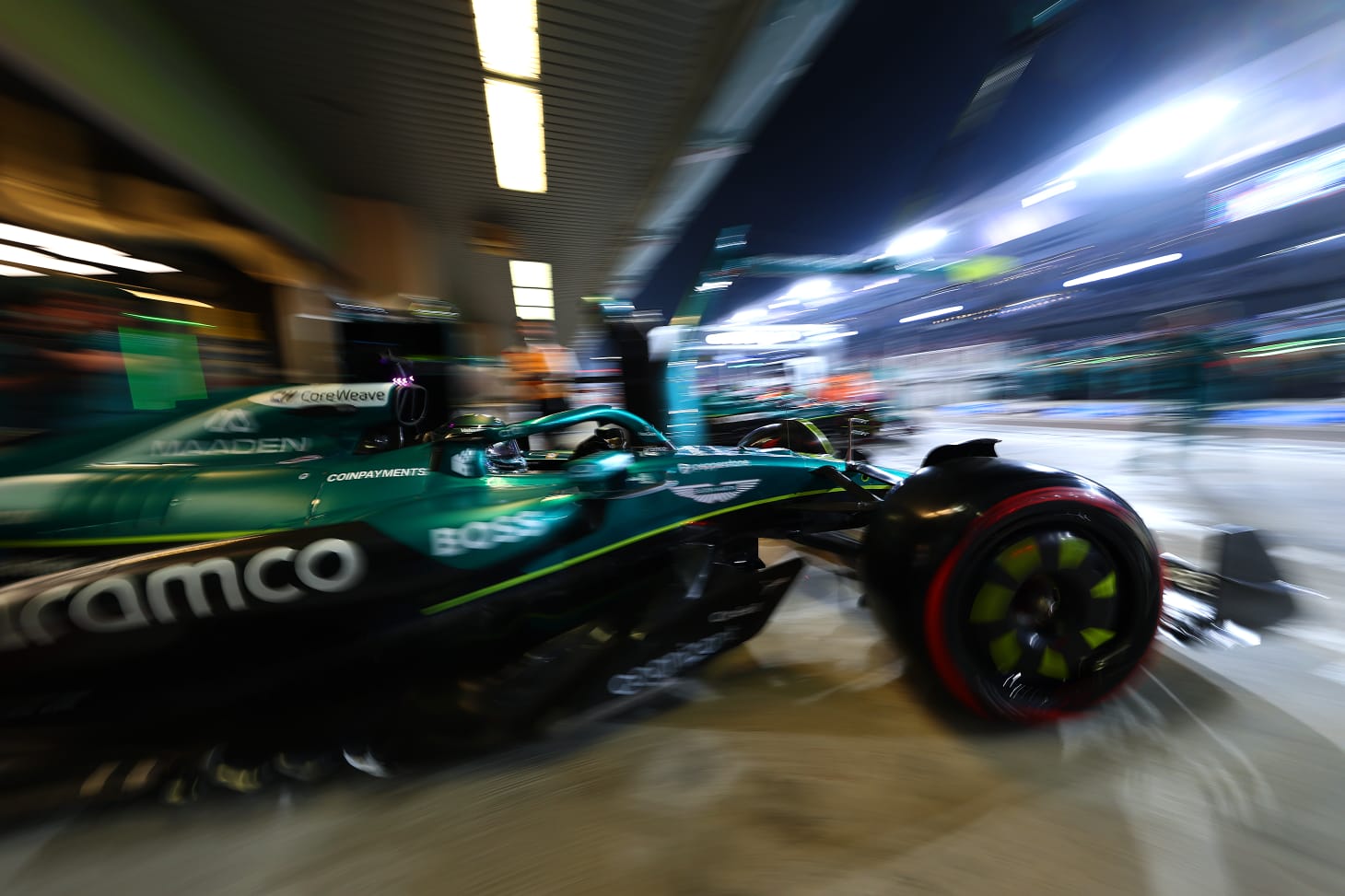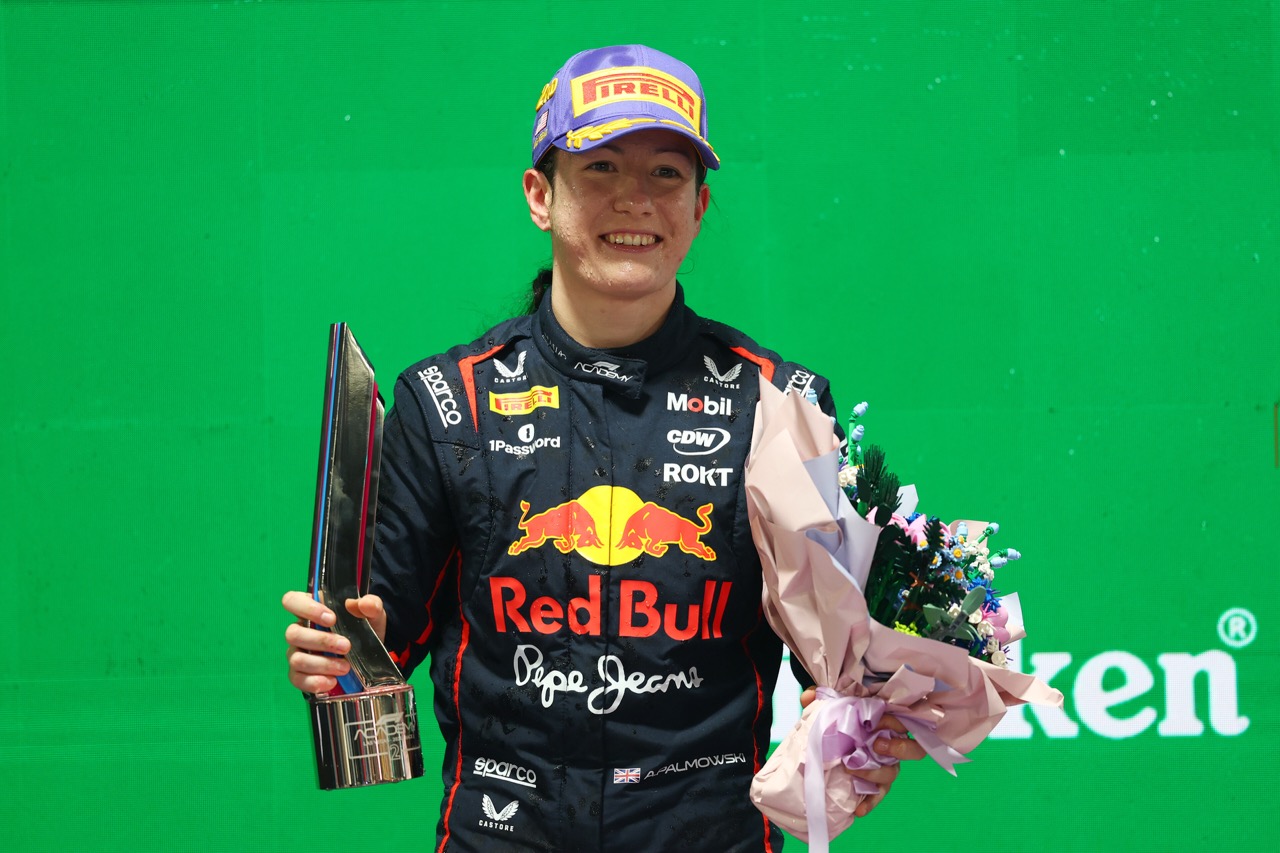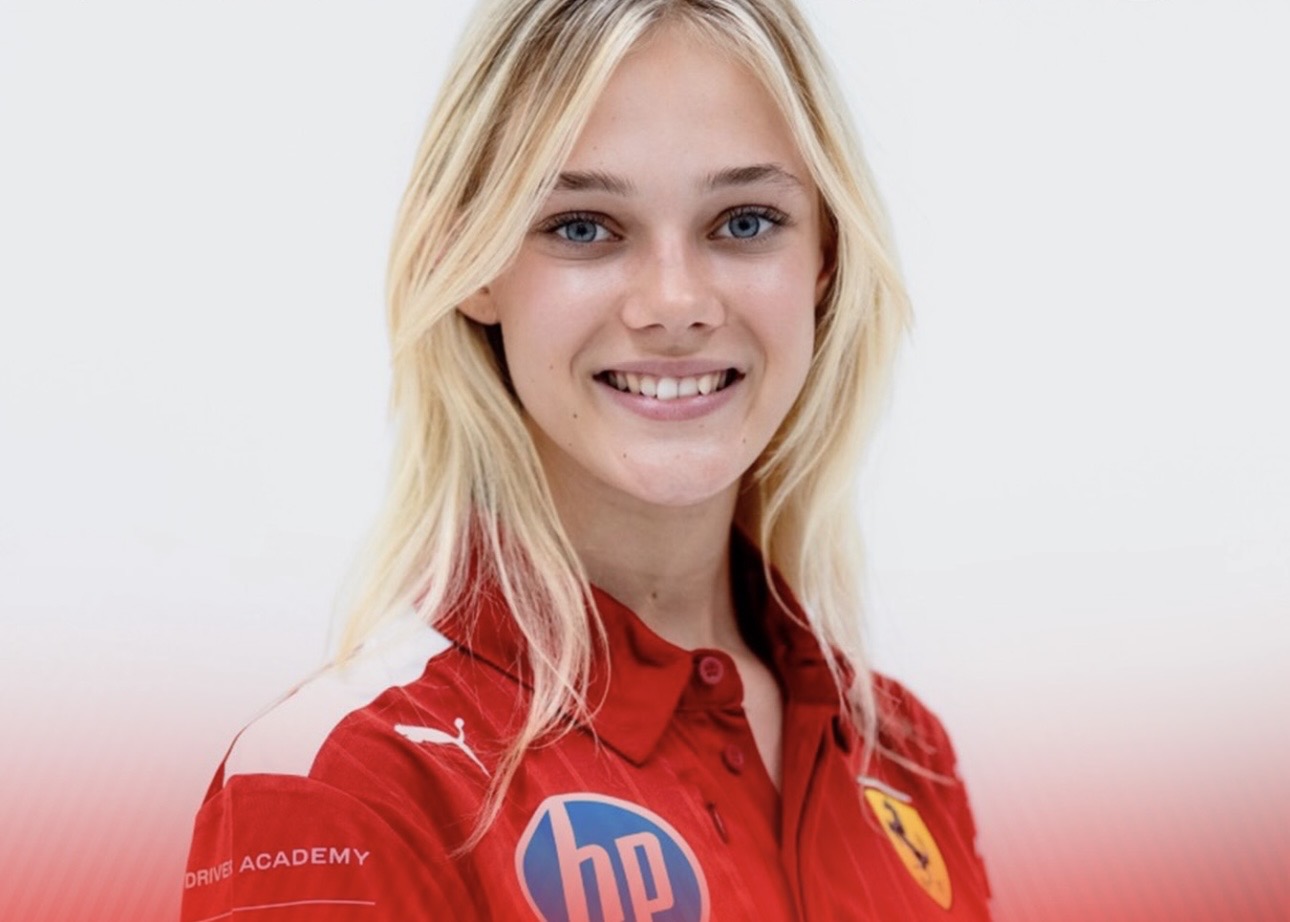Albert Park Grand Prix Circuit, Melbourne, Australia
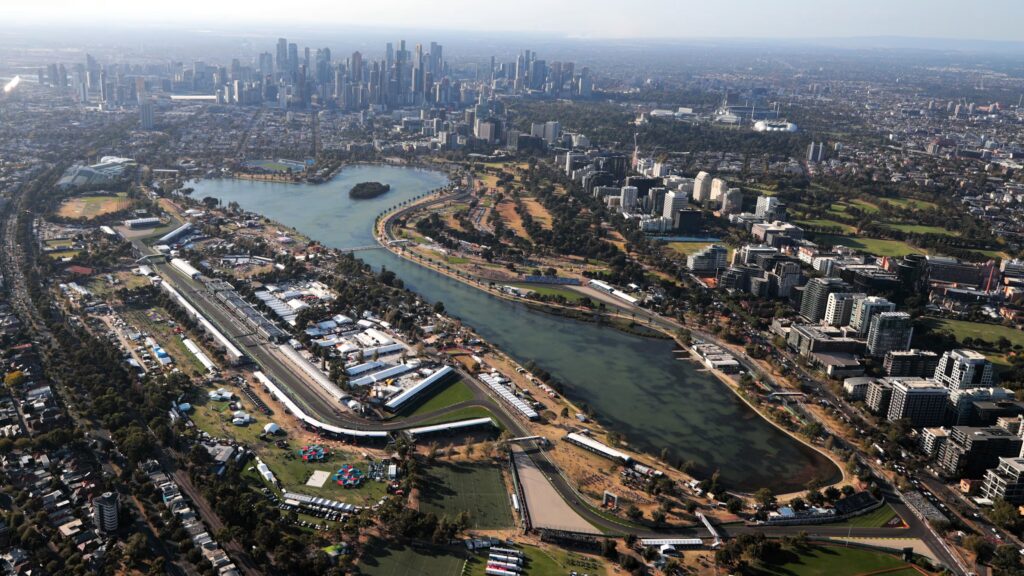
Photo Credit: Formula 1
Albert Park Grand Prix Circuit is a track that would be ideal for F1 Academy. With two Australians now on the grid, a home race would be something they dream of. We have seen the success and drama of Formula 2 and Formula 3 at Albert Park, and I think it would be interesting to see how the F1 Academy drivers suited the track.
Podiums and wins at Albert Park within F2 and F3 have always been a mixed bag. Some from drivers you would expect to see on a podium, other times three drivers who wouldn’t regularly find themselves on a podium. With this in mind, we made find drivers securing wins and podiums, where they might not have found themselves in that position previously.
Despite this, as much fun as F1 Academy at Albert Park would be, the realistic side tells us it is incredibly unlikely to happen. The Australian Grand Prix weekend already has a jam-packed schedule, with events across Formula 1, Formula 2, Formula 3, Australia’s Supercars, and the Porsche Carrera Cup. With so many categories already racing, it in unlikely there will be room for F1 Academy, unless one of those categories withdrew.
Circuit de Spa-Francorchamps, Francorchamps, Belgium
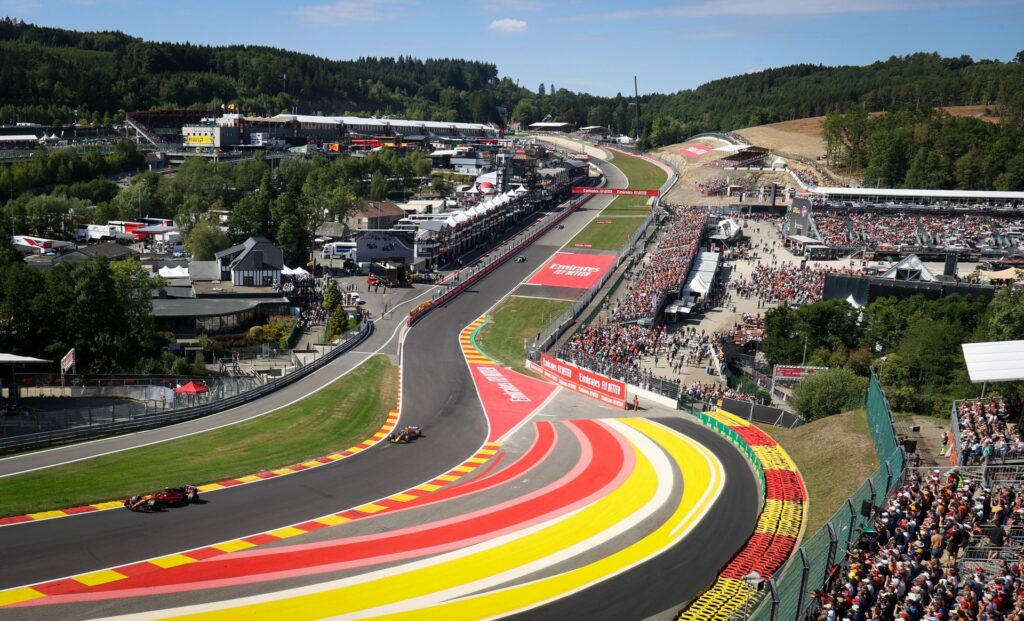
Photo Credit: The Brussels Times
As F1 Academy’s first years of activity brought massive representation for women in motorsport, the Circuit of Spa-Francorchamps is the next step for those talented drivers. While the F1 Academy calendar is quite small, with only 7 rounds, the addition of the Belgian GP could bring new challenges for the grid.
Moreover, this track is well known in the single-seater series. This change would provide valuable experience for the next steps in their career. With a great history backing it up, the Spa-Francorchamps circuit is already the home to many racing events all year round.
Circuit layout and opportunities
When it comes to picking the perfect track that would help the F1 Academy grid improve and learn new skills, Spa-Francorchamps checks all boxes. Not many of the modern circuits have the dramatic elevation changes that the Belgian track provides. With corners like Eau Rouge/Raidillon and the run up to Les Combes, it showcases a unique challenge.
Furthermore, the high-speed flow of the entire circuit brings consistency. This is crucial for learning how to balance and push a Formula car. The Belgian track combines long straights, such as Kemmel Straight and Blanchimont run, with fast, sweeping corners (Pouhon, Stavelot, and Eau Rouge). Overall, the general layout of the Spa-Francorchamps creates natural overtaking zones. In return, it encourages more intense racing and strategies from the F1 Academy grid.
Technical challenges
The Belgian GP is a fan favourite in the bigger series, following drivers throughout their entire racing career. The track is set in the Ardennes region, an area notorious for “microclimates”. This ultimately pushes drivers and teams to prepare for unpredictable weather. Moreover, it harnesses a driver’s adaptability and quick decision-making skills.
Additionally, any mistakes can be extremely costly here. The corners demand near-flat-out speeds, pushing a driver into full commitment. However, it also makes Spa-Francorchamps the perfect circuit where really talented F1 Academy drivers can shine. On the teams’ side, this track would require them to compromise between low-drag setups for speed and high-downforce setups for grip.
Historical elements
In the current motorsport era, where new and modernised tracks prioritise spectacle over authentic racing, Spa offers the opposite. The 2025 calendar does not have any of the other iconic and timeless circuits (Monza, Monaco, Silverstone). Therefore, if the Spa-Francorchamps track were part of the F1 Academy’s round-up in 2026, it would allow the grid to compete where the greats of the sport once did.
As F1 Academy proved time and time again, they are here to stay. It is time the drivers got to race through one of the legendary European tracks. Its prestige and fast, flowing layout are the perfect blend of challenge and history.
Autodromo Nationale Monza, Monza, Italy
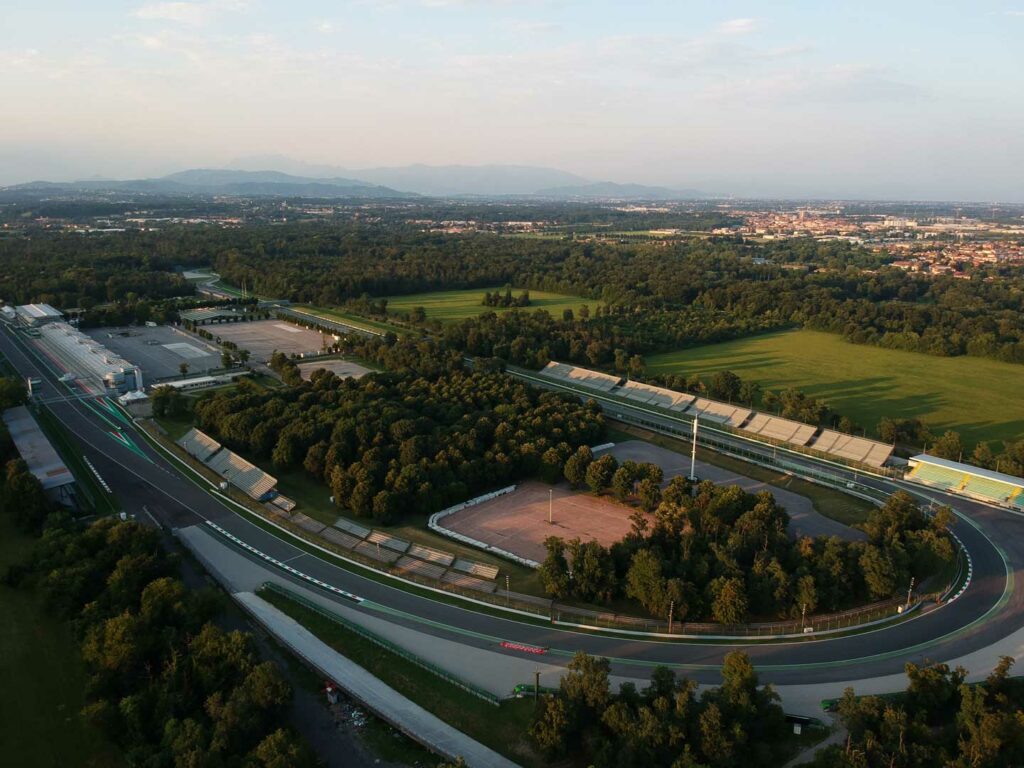
Photo Credit: Autodromo Nationale Monza
The Autodromo Nazionale Monza, famously called the “Temple of Speed,” is one of Formula 1’s oldest and most iconic circuits. Its high-speed straights and passionate fans deliver an electric atmosphere, making it a standout choice for the F1 Academy calendar.
Monza’s magic
Monza has been a part of motorsport since 1922, and the circuit has seen some of the most historic moments, such as Peter Gethin’s 1971 win by just 0.010 seconds, the closest finish in F1 history, and both of Charles Leclerc’s victories in 2019 and 2024. Racing at Monza is considered an achievement in itself, adding reputation and motivation for young F1 Academy drivers.
The tracks’ long straights, two DRS zones, eleven high-speed corners, and challenging chicanes create exciting racing opportunities, with slipstream battles and heavy braking zones that encourage overtaking. Drivers would gain experience in defending, late braking, and car control – key skills for their motorsport progression.
Italy’s motorsport culture further strengthens Monza, with Ferrari at the heart of it and Italian teams like Prema Racing already helping shape the next generation of drivers. The spirited tifosi bring incredible energy to the track, filling the stands with Italian flags and creating an unforgettable atmosphere. Along with that comes global media coverage, which helps promote F1 Academy and its drivers.
Challenges on track
However, the track is part of a packed F1 weekend that includes F1, F2, F3, and Porsche Mobil 1 Supercup. And fitting F1 Academy races into this busy schedule could reduce practice time and limit opportunities for young drivers to experiment with setups.
Monza’s quick layout leaves little room for error, and the risks can be costly. For example, in the 2024 Formula 3 Monza Feature Race, there were eight DNFs after early collisions and technical issues, showing how easily a small mistake can end in retirement.
Why it belongs
Despite the challenges, Monza is a mix of speed, history, and fan passion, making it a special place for young drivers to learn and grow. The high speeds and a busy weekend schedule add risk, but the chance to race at such an iconic venue makes Monza a perfect addition to the F1 Academy calendar.
Silverstone Circuit, Silverstone, UK
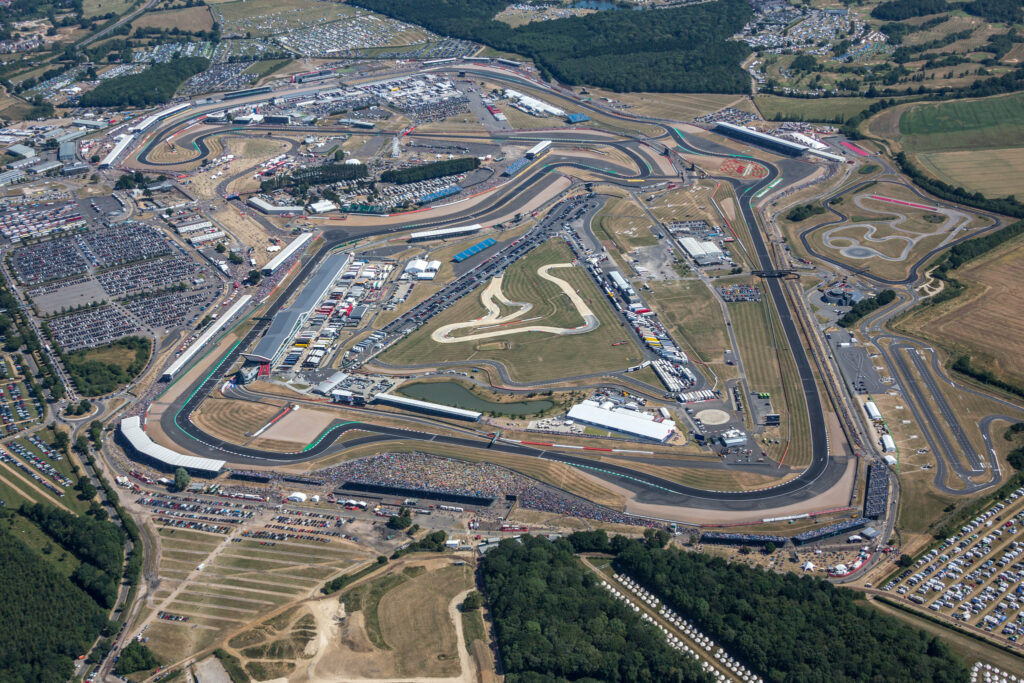
Photo Credit: The New York Times
Silverstone would be a fantastic addition to the F1 Academy calendar as the home of British motorsport and one of the most iconic circuits in the world. Hosting a round alongside the British Grand Prix would give the series exposure to one of the largest audiences in motorsport.
With the UK’s passionate fanbase, the drivers would perform in front of 350,000 spectators at the circuit. On top of this, millions more will be watching on TV. Silverstone’s rich history, having hosted Formula 1 since 1950, makes it a symbolic stage where F1 Academy drivers could truly feel they are following in the footsteps of legends.
Silverstone also presents an outstanding learning opportunity for the drivers. The track layout blends long straights with fast, flowing corners, such as Maggotts, Becketts, and Chapel. These sections demand not only bravery but also precision and consistency. Additionally, concentration on maintaining momentum at high speed. Overtaking zones like Stowe and Brooklands give drivers clear chances to attack and defend. The combination of high-speed sections, technical corners, and prime overtaking spots creates the ideal environment to test race-craft in a variety of scenarios. With two DRS zones and long straights encouraging wheel-to-wheel battles, the circuit allows drivers to showcase their skill in thrilling high-speed duels.
Silverstone’s location also adds to its appeal. It is home to Hitech TGR and close to many other teams based in the UK or nearby in Europe. Its logistical convenience makes it an ideal venue for both teams and organizers. The circuit is also known for its unpredictable weather, a factor highlighted once again during this year’s British Grand Prix weekend across all categories.
Overall, Silverstone offers the perfect blend of history, atmosphere, and competitiveness, making it an ideal venue to feature on the F1 Academy calendar.
Autódromo José Carlos Pace, São Paulo, Brazil
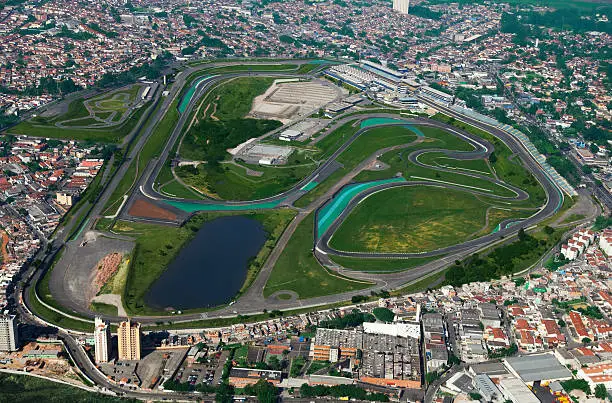
Photo Credit: The Rio Times
Interlagos, officially known as Autódromo José Carlos Pace, is one of Formula 1’s most iconic venues. This track would make an exciting addition to the F1 Academy calendar. Brazil is one of motorsport’s most passionate countries, with a rich racing history that produces unforgettable moments.
Strengths of Brazil
Interlagos is a track known for producing great races. The 4.309km layout combines long straights, elevation changes, sweeping corners, and a tight middle sector, challenging drivers on every level. Its short track lets spectators see the cars frequently, creating a great fan atmosphere while giving F1 Academy maximum visibility. With overtaking opportunities, such as Turn 1 and the back straight, drivers would be able to showcase their full potential in exciting wheel-to-wheel battles.
Brazil also has a rich motorsport history, with legends like Ayrton Senna, Nelson Piquet, Emerson Fittipaldi, Rubens Barrichello, and Felipe Massa, while rookie Gabriel Bortoleto represents the current F1 grid. The country is also represented in F1 Academy through Rafaela Ferreira and Aurelia Nobels.
Adding a South American race would make the championship truly global, adding to its expansion into Asia and North America.
Potential drawbacks
There are, however, challenges to racing at Interlagos for a junior series. The São Paulo weather is highly unpredictable, with sudden downpours often causing crashes and safety car interruptions. With F1 Academy’s 30-minute races, such disruptions could significantly reduce racing time and limit the drivers’ opportunities for visibility. For example, Race 2 of the 2025 F1 Academy Miami round was postponed due to heavy rain and eventually cancelled. However, the series added an extra race during the next Canadian round to compensate.
During the 2024 F1 Brazilian Grand Prix, even the most experienced drivers faced a dangerous two-hour race that included heavy rain, poor visibility, and constant interruptions, resulting in five DNFs. Additionally, the circuit’s elevation changes and fast corners also challenge younger drivers still developing their skills. However, Interlagos can produce iconic moments during such conditions, like Max Verstappen’s 17th-to-win charge, showing its thrilling racing potential.
The verdict
The risks are significant, but so are the rewards, therefore, Interlagos would be a bold and exciting choice for the F1 Academy calendar. It combines a passionate fanbase, global expansion, and a track layout that tests drivers’ skills and produces thrilling racing at one of motorsport’s most iconic venues.
Suzuka International Racing Course, Ino, Japan
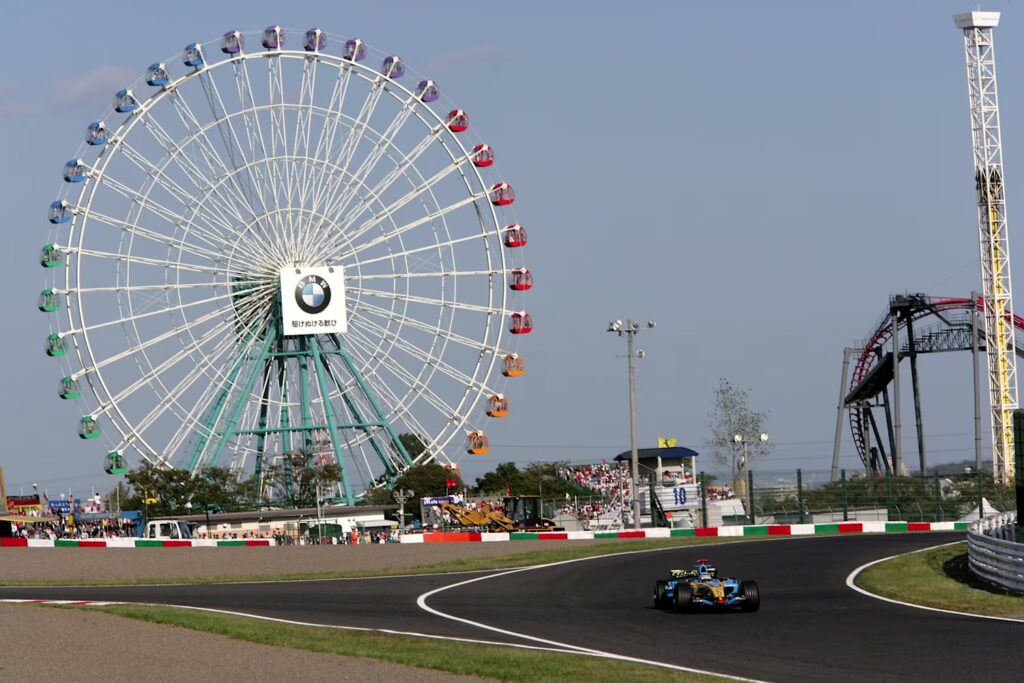
Photo Credit: Red Bull
Suzuka is an iconic track that we have seen throughout Formula 1, Super Formula, Motorbike racing and other series. With a challenging yet fun nature, this is yet another track that should be considered for the F1 Academy calendar. This has been a long standing location on the F1 calendar, debuting in 1987, though feeder series categories are yet to join Formula 1 in Suzuka.
130R is commonly named one of the trickiest corners in the history of Formula 1, the high speed left hander regularly catching drivers out. Due to this, this would pose a key challenge to the ladies of F1 Academy.
The added challenge from the rain Suzuka tends to bring in creates further difficulty for a successful lap. While Suzuka would be a great track to see the F1 Academy calendar include, it may not be the most realistic addition. With tough challenge and pressure, along with the history of death causing crashes, this track may not be ideal for a rookie driver, as most F1 Academy drivers tend to be.

